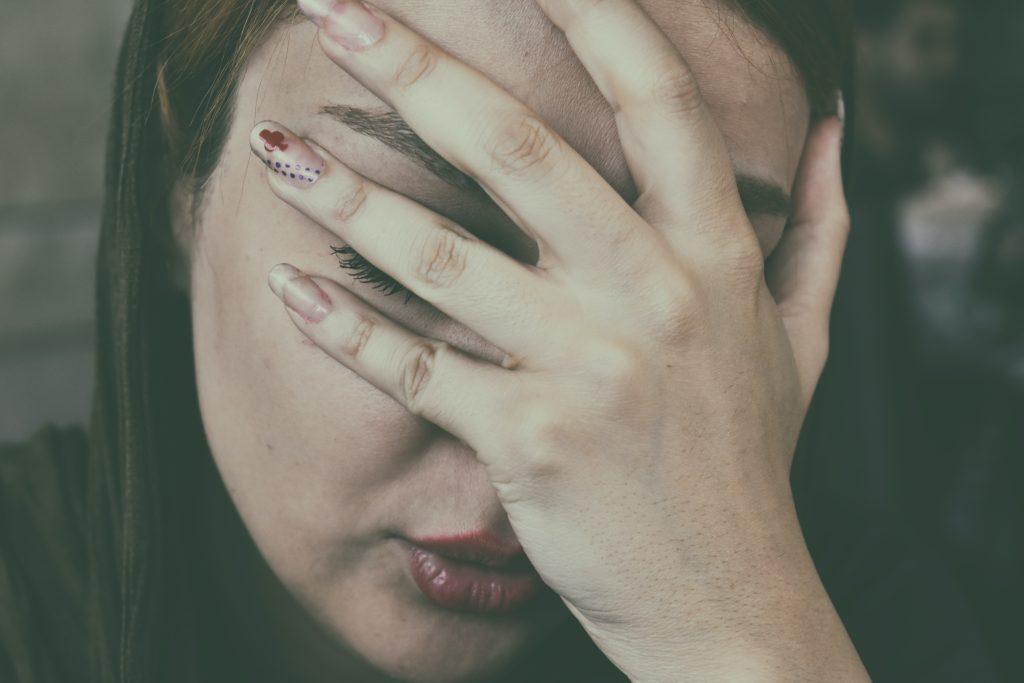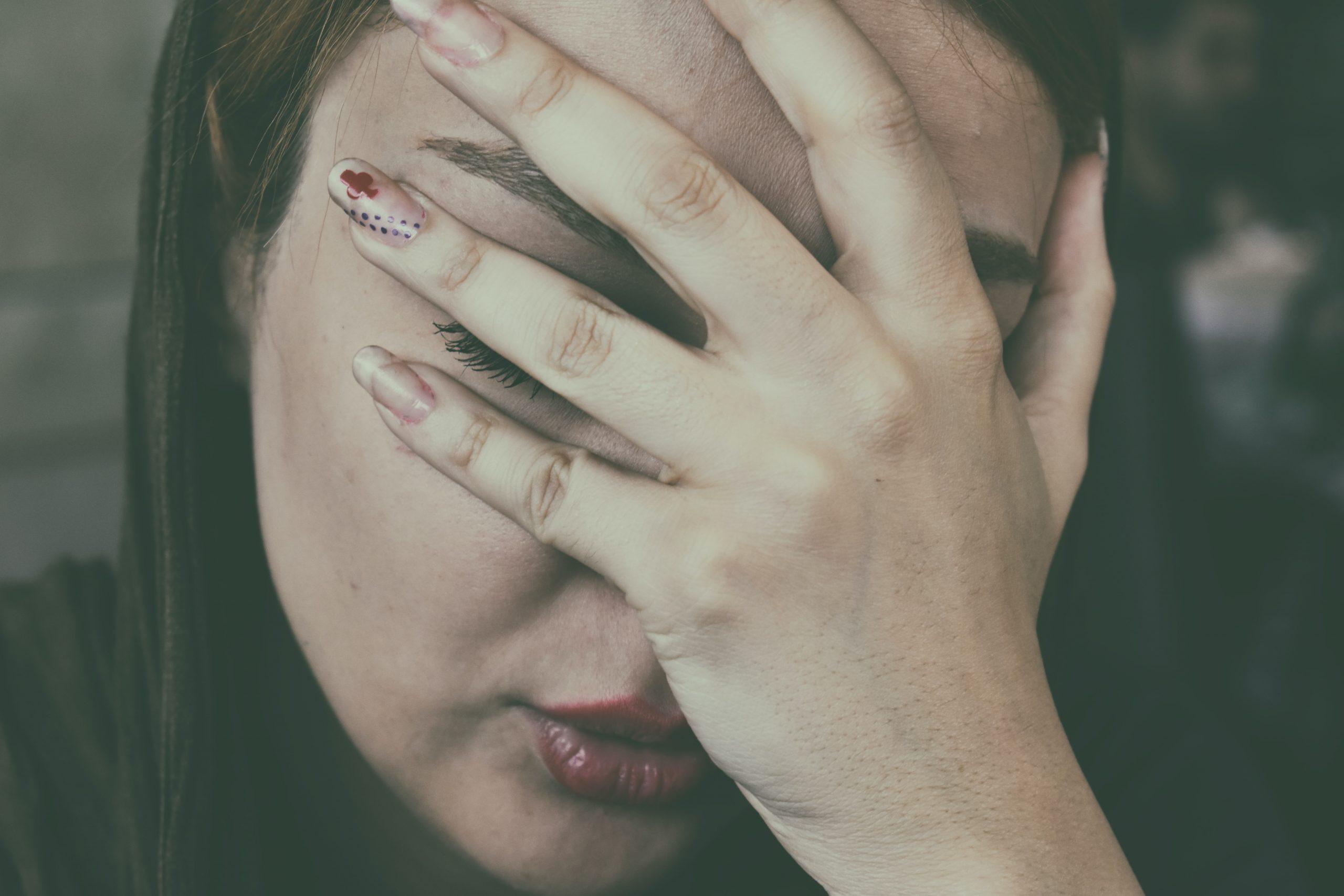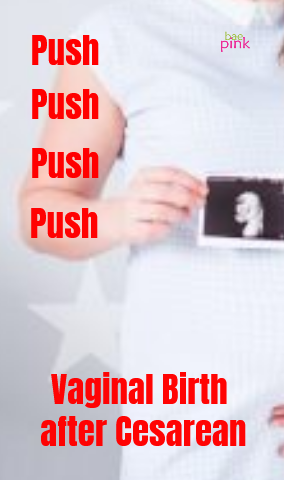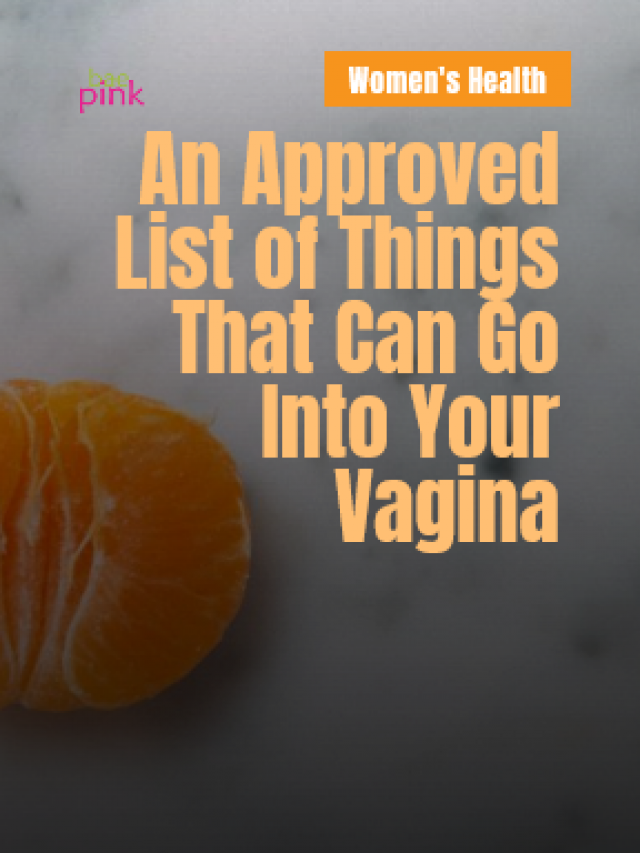Recurrent attacks of moderate to severe throbbing and pulsing pain on one side of the head are characteristic of the headache type known as a Migraine.
Migraine regularly comes with high sensitivity to light, sound, nausea, and vomiting. Also, daily activities may be disrupted by a migraine attack’s immense pain, which may last for several hours or even days.
A warning sign known as an aura may appear before or concurrently with some persons’ headaches. The aura includes speech disorders, Visual disturbances such as tingling on one side of the face or arms or legs, flashing lights, or blind spots. Auras are present in around 20% of migraine sufferers.

Reasons behind Migraine triggers.
Prodrome, Aura, Attack, and Post-drome are the four stages that can occur during a migraine attack. Not all migraineurs experience all four stages.
Gender-related differences in Migraine.
The risk of migraine is 3.25 times higher for women than for men.
Neurological Sciences
According to the American Migraine Prevalence and Prevention (AMPP) study, 43% of women and 18% of men had a lifetime cumulative incidence of migraine. Which indicates women are 3.25 times more prone to suffer from migraine than men. In addition to having a higher rate of migraine attacks than men, women have also been found to have more frequent, intense, and prolonged attacks.
Why Migraine is more common in women?
Women and pain seem to be meant for each other. Even still, the exact mechanism is not completely understood. But it is thought that variations in ovarian steroid hormones, particularly estrogen, and progesterone, play a role in the sex difference in migraine.
The increased prevalence of migraine in women during their reproductive years compared to those before puberty and during menopause implies that hormonal factors play a role in the pathophysiology of migraine.

One research, suggests that sex hormones affect cells surrounding the trigeminal nerve and connected blood vessels in the brain, especially estrogen, at their highest levels in women of reproductive age sensitizing these cells to migraine triggers.
A decrease in estrogen level just before the period might contribute to headaches. Many Migraine sufferers’ women frequently complain of headaches before (PMS) or during their periods. Also, Perimenstrual estrogen depletion is thought to trigger migraines without aura. Additionally, a significant rise in prolactin was linked to a rise in migraine intensity both with and without aura.
During perimenopause, when circulating sex hormone levels fluctuate erratically, migraine patterns are frequently worsened or altered.
The lower prevalence of chronic migraine in men is also characterized by a less severe and less duration of pain symptoms as compared to those experienced in women, which may be related to testosterone. Testosterone as a neuroprotective agent, play a significant role in the management of chronic migraine. Additionally, continuous testosterone treatment has been shown to lessen the intensity of migraines.
Other triggers.
Besides hormonal changes in women, other migraine triggers include stress, missing meals, hunger or fasting, weather changes, disturbed sleep, fragrance or odour, Neck pain, light, alcohol, smoking, late-night snoozing, Heat, Food, Exercise, Sexual activity, some medication, and food additives. These all triggers will vary from person to person.
Treatment of Migraine.
There are numerous drugs available to treat migraines. Pain-relieving drugs and Preventive medications are the two main categories of treatments used to treat migraines. Your options for treatment depend on your medical history, the frequency, and intensity of your headaches if you have nausea or vomiting when you have headaches, how debilitating your headaches are, as well as any other illnesses you may have.
Minimize migraine chances.
Adult females experience migraines more frequently than males do. Why this is the case is unknown to scientists.
Doctors can prescribe medications to control hormone levels and lessen migraine attacks in patients who appear to have a link between their migraine and the menstrual cycle. In addition to symptom relief, medications, and self-care methods can assist you to avoid or lessen the frequency of migraine attacks.






















